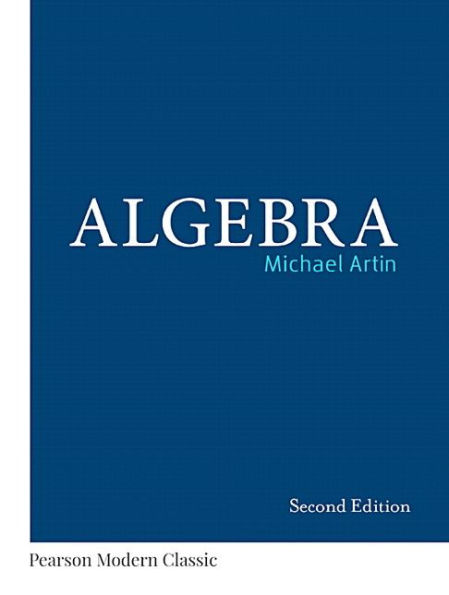5
1
9780134689609


Algebra (Classic Version) / Edition 2 available in Paperback

Algebra (Classic Version) / Edition 2
- ISBN-10:
- 0134689607
- ISBN-13:
- 9780134689609
- Pub. Date:
- 02/13/2017
- Publisher:
- Pearson Education
- ISBN-10:
- 0134689607
- ISBN-13:
- 9780134689609
- Pub. Date:
- 02/13/2017
- Publisher:
- Pearson Education
133.32
In Stock

Product Details
| ISBN-13: | 9780134689609 |
|---|---|
| Publisher: | Pearson Education |
| Publication date: | 02/13/2017 |
| Series: | Pearson Modern Classics for Advanced Mathematics Series |
| Edition description: | New Edition |
| Pages: | 560 |
| Sales rank: | 414,194 |
| Product dimensions: | 7.00(w) x 9.00(h) x 1.20(d) |
About the Author
From the B&N Reads Blog

